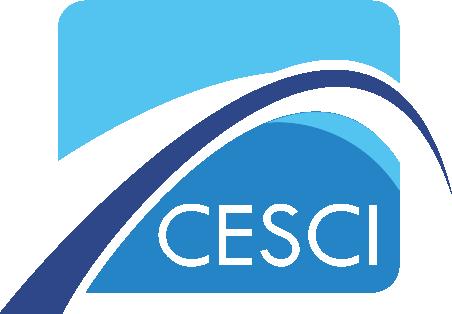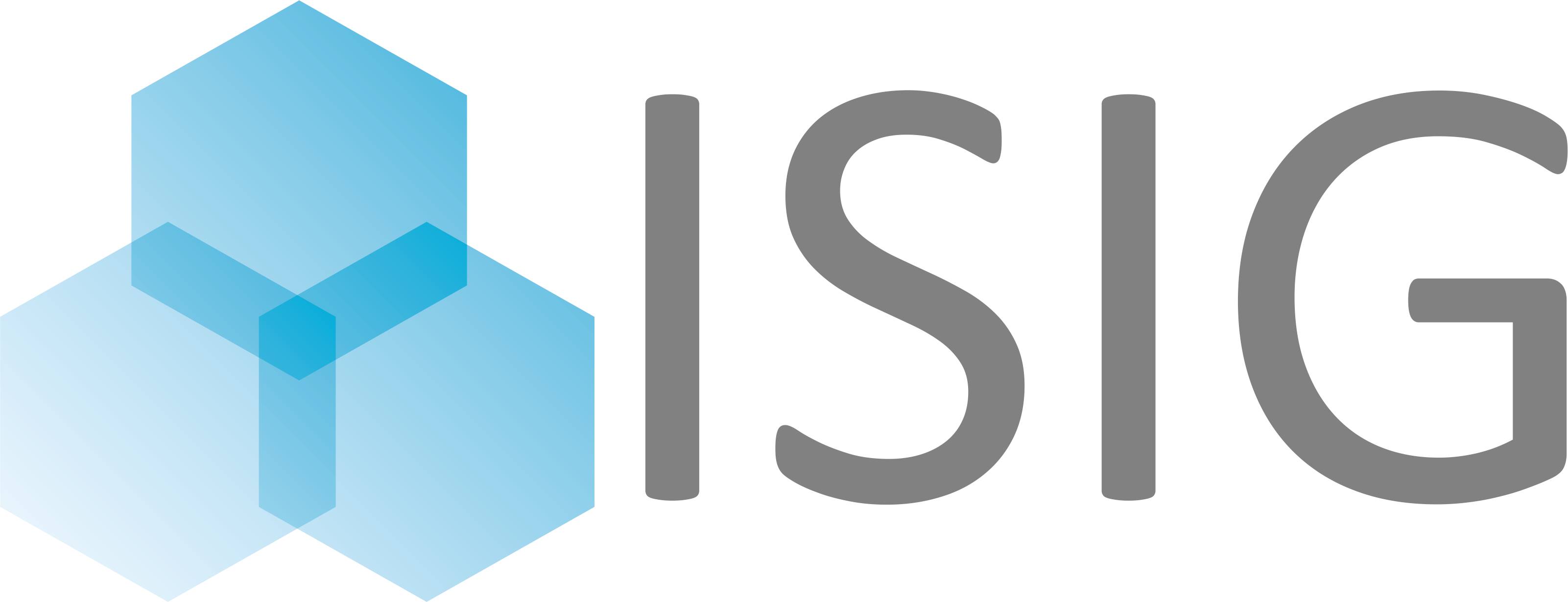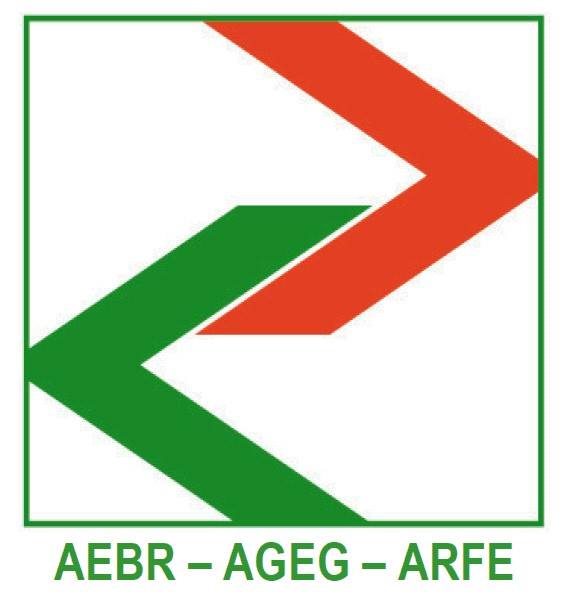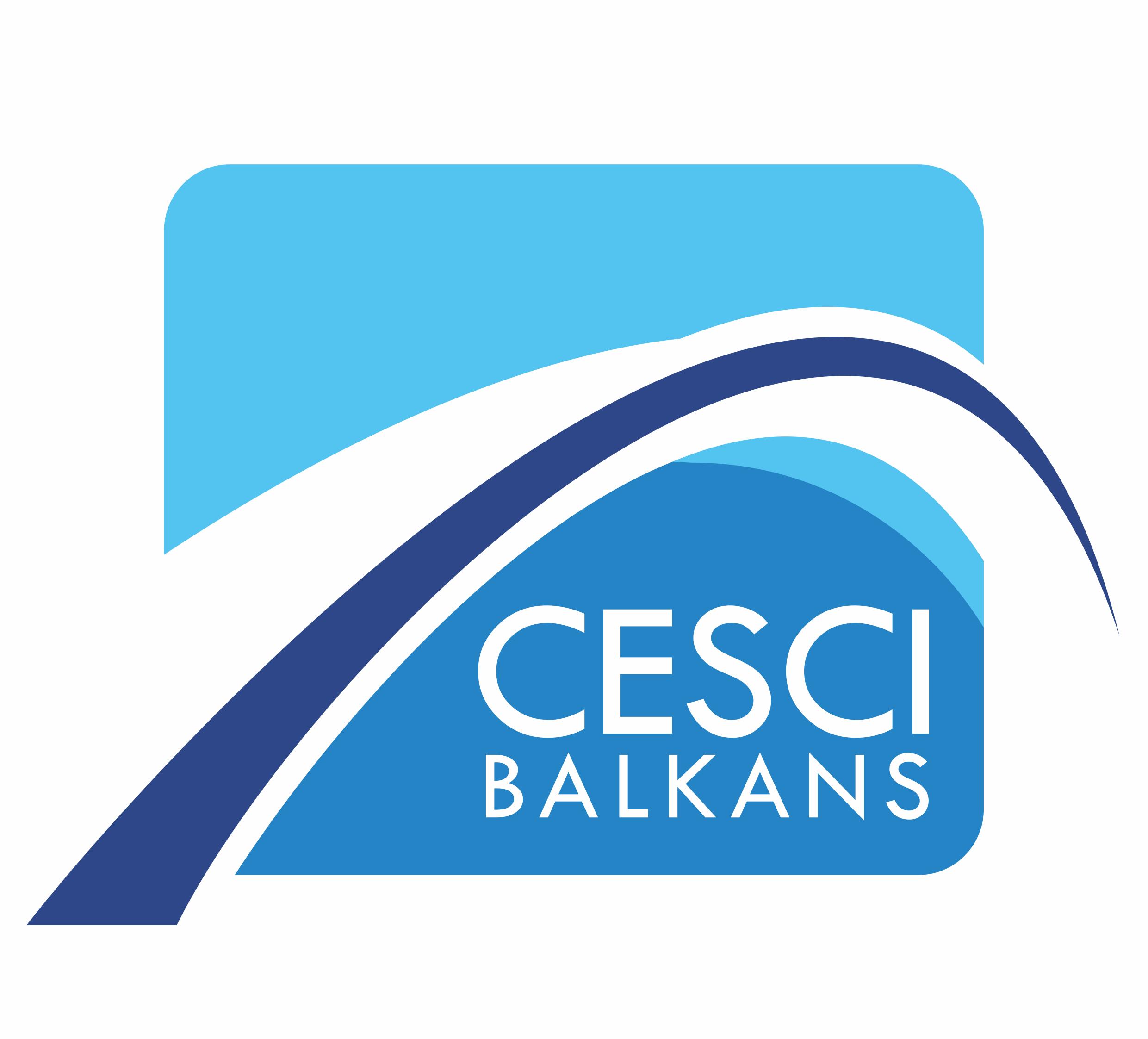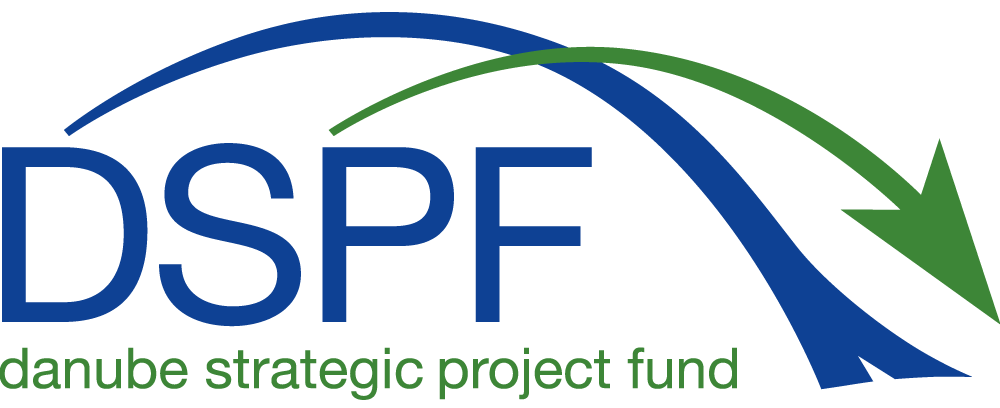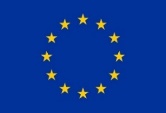This element of the tool-kit aims to draw attention to the different type of funds available for cross-border developments. Within the European Union and the neighbouring areas, INTERREG A programs are the main tools for financing the cooperation initiatives along the internal and external EU borders. These opportunities are widely known, however there are several other EU and international resource options available for developing projects on different levels, not only for countries within the EU.
Funds coming from various sources should strengthen and complete each other, thus creating a system that enables resources to contribute to the development goals of the given border area effectively. In order to achieve that, an integrated, strategic planning approach taking the regions with different needs and frames into consideration is inevitable. As a result, an innovative, sustainable funding system resting on multiple pillars could be established.
If you are interested in funds available in your country, click here for a list of search applications.
The European Union offers various type of funding through different programmes. Major part of the EU budget are channelled through the umbrella of the European Structural and Investment Funds managed by national and regional authorities, while the other part is allocated to the European Institution for direct management.
For further information the different type of EU funds, please click here.
Beside the aforesaid opportunities, there are numerous mainly European and American private foundations and platforms offering financial support to activities in the public interest carried out within the Danube and Adriatic-Ionian region. These organizations mainly support non-profit, civil associations, education and public institutions, occasionally also individuals. There are also non-EU financed international funds offering financial aid in several countries within the concerned region.
In the following table, these types of funds available in the two macro-regions are listed.

